The Gazelle is a group of small antelope that make up the taxonomic genuses Gazella, Eudorcas, and Nanger. They are usually lean-bodied, swift runners. There are 16 different species of these antelope, which live across Africa, the Middle East, and India.
Though there are many different species of these animals, the Thomson’s Gazelle is the most commonly known species. Read on to learn about the Gazelle.
Description of the Gazelle
Most of these animals have a similar body shape and size. They are lean with relatively long legs, and look somewhat like small deer. Their coloration is quite similar across species as well. Most have light brown or tan fur, and white underbellies.
They also grow horns, which normally grow upwards and slightly backwards. Most of these small antelope stand between two and three and a half feet tall at the shoulder.
Interesting Facts About the Gazelle
Gazelles are interesting and uniquely adapted animals. These small mammals have several different traits and adaptations that help them survive.
- High Speeds – Being small and lean has its advantages. While they might not be as effective when fighting off a predator, they have the flight instinct perfected. Gazelles are fast animals, and they are built for speed rather than endurance. In short bursts, they can reach speeds of 60 mph or more!
- Pronking – Pronking, also known as “stotting,” is a unique behavior that some Gazelles exhibit. The animal leaps high in the air, jumping off all four feet. Researchers believe this behavior helps deter predators by showing that the animal is agile and difficult to capture.
- A Pair of Horns – As a last resort, these animals sport a pair of horns on the tops of their heads. In some species, only males have horns, in others both males and females grow them. The more common way they use their horns is sparring with one another. Males battle with their horns for the right to breed with females.
Habitat of the Gazelle
These hoofed mammals inhabit a variety of different habitats. Different species prefer different habitat types, though many preferences overlap. Most of them live in arid regions, or areas with low rainfall.
Some of the different ecosystems they live in include grasslands, savannahs, deserts, desert edges, plateaus, and sand dunes. Their small bodies, and the leaves and shrubs that they eat, help them conserve water during the dry season.
Distribution of the Gazelle
Gazelles live throughout Africa, India, and the Middle East. Each species has its own unique distribution and range. Some species live across larger expanses, while others inhabit just a small region. Usually, species with smaller distributions face greater impacts with human activity and harm.
Diet of the Gazelle
Gazelles are herbivores, which means they eat plants. Most species graze on grasses and also browse on leaves, shrubs, and more. Because they are quite small, many stand on their hind legs and use their long necks to reach the uppermost leaves.
When water is plentiful, these animals usually eat more grasses. As the dry season intensifies, they begin eating more leaves, flowers, buds, and other plant parts, which have higher water content. Each species varies in the specific plant species that they eat.
Gazelle and Human Interaction
Human activity impacts different Gazelle species in different ways. Some species live across wide regions and are common. Others face greater threats from human activity.
Many species currently have declining populations, and several are in direct danger of extinction. For example, the IUCN lists the Dama Gazelle as Critically Endangered, primarily due to hunting, habitat destruction, and competition with livestock. Each species faces different threats, but habitat destruction is normally one of the greatest dangers.
Domestication
Humans have not domesticated Gazelles in any way.
Does the Gazelle Make a Good Pet
No, these animals do not make good pets. Even though they are relatively small, you would not want one as a pet. These little antelope can run incredibly fast, and must have large enclosures for them to exercise in. In most places it is illegal to own a Gazelle as a pet.
Gazelle Care
Zoos keep these social antelope in herds, and house them in large enclosures with plenty of grass and shrubbery to eat. Many zoos also house other species of antelopes and hoofed mammals together in enormous safari-style exhibits.
Zookeepers supplement the grass and plants that they eat with fresh browse, pelleted herbivore feed, and several different types of hay. They also give the animals vitamins and minerals at the direction of their veterinarians.
Behavior of the Gazelle
Most Gazelles are diurnal, and active during the day. They are quite social, and some live in herds well into the hundreds. Others live in smaller herds, and most large herds break up into smaller groups periodically. Some species also interact and forage with other species of Gazelle or other antelope. As the breeding season arrives, the males display or spar for access to breeding females.
Reproduction of the Gazelle
Males mate with multiple females, virtually as many as they can. Most give birth to a single calf, but twins do occur occasionally. The gestation period is usually around six months, though it does vary slightly from species to species. The calves can stand and walk minutes after birth, and begin running soon after. After three or four months the female weans the calf off her milk.

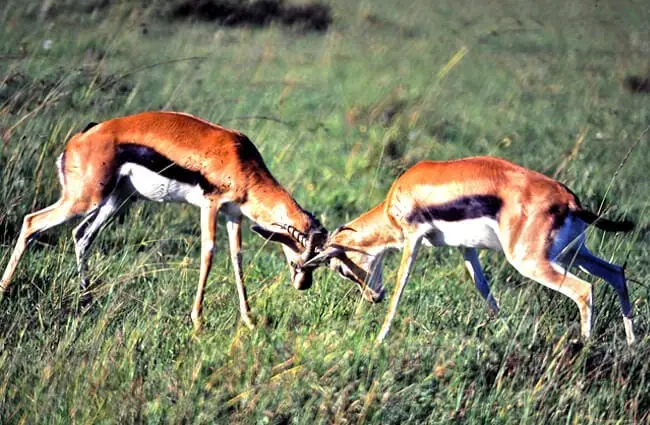

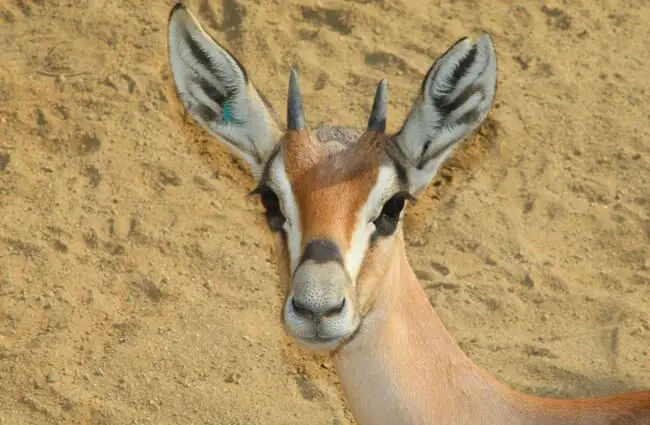
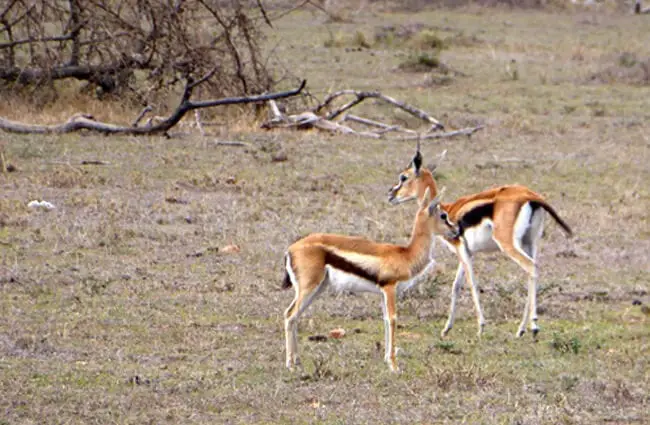

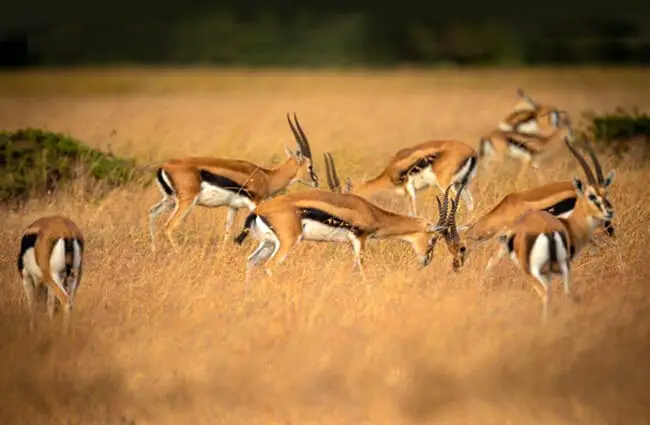




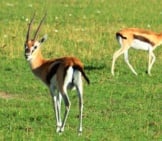

![Red Angus Closeup of a beautiful Red Angus cowPhoto by: U.S. Department of Agriculture [pubic domain]https://creativecommons.org/licenses/by/2.0/](https://animals.net/wp-content/uploads/2020/03/Red-Angus-4-238x178.jpg)












![Red Angus Closeup of a beautiful Red Angus cowPhoto by: U.S. Department of Agriculture [pubic domain]https://creativecommons.org/licenses/by/2.0/](https://animals.net/wp-content/uploads/2020/03/Red-Angus-4-100x75.jpg)

